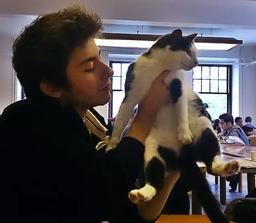In these series of lessons, we are going to see how Turkish constructs conditional sentences, and how it combines with other tense suffixes. Buckle up for a bumpy ride, it is going to be a long one.
As you have seen, there is the wish and conditional suffix -sE, and the conditional copula -(y)sE. The suffix is directly attached to the verb before any other suffixes. If any other suffix is already attached to the verb, we use the copula. A little example:
| yap-sa | If he/she/it does |
| yap-tı-ysa | If he/she/it did |
In the second row, the italicized past tense suffix is followed by the conditional copula, while the first verb has no other suffix so it gets the wish and conditional suffix.
To turn nouns into predicates, we always use the copula:
| kedi-yse | If he/she/it is a cat |
| araba-ysa | If he/she/it is a car |
The main difference between wish and conditional suffix and conditional copula is that the first can and usually does stand alone. It is almost always supported with keşke to reinforce the meaning of a wish. The latter however always requires another clause. If you see a verb with conditional copula in it, you can be sure that there are two clauses in that sentence. Example:
| Keşke eve gitsek. | I wish we went home. |
| Babam eve gitti-yse, yemek yemiştir. | If my father went home, he has (probably) eaten. |
For now, you should use -sE only when making a wish, and be sure to include keşke somewhere in the sentence.
Since conditional copula comes after another suffix, there are a plethora of versions, including but not limited to: yap-acak-sa, yap-ıyor-sa, yap-ar-sa, yap-tı-ysa, yap-mış-sa etc.
The most common way to make conditional sentences is to combine aorist and the conditional copula: -(E)r + -(y)sE. You will learn about this in the next lesson.

